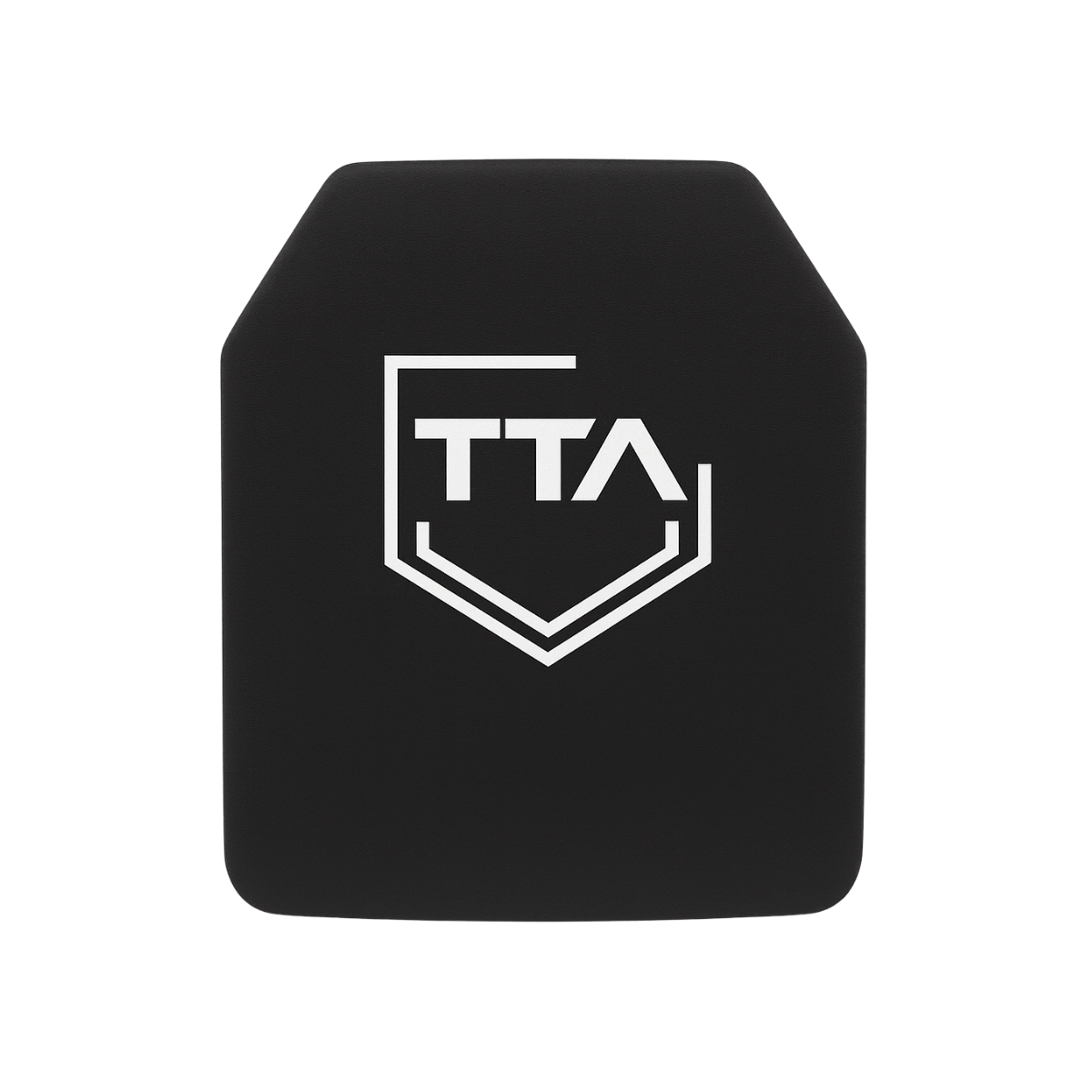Body Armor Levels Made Simple: How to Know What Protects You Best
Picture source HUDI’s Tactical
In situations where there is a serious threat of physical harm particularly from firearms, explosives and sharp weapons, body armor is a critical life-saving tool. Body armor provides critical ballistic protection and ensures safety in high-risk environments.
Different levels are designed for specific threats. Knowing body armor levels is not just a mere trivia; it changes and saves lives.
Check out the various body armor levels and their life-saving protection.
A COMPREHENSIVE GUIDE ON NIJ’S ESTABLISHED BODY ARMOR LEVELS
These levels are established by the National Institute of Justice (NIJ), which is the primary authority for body armor testing and certification. The levels range from Level IIA—offering the least protection, to Level IV—providing the highest protection against rifle and armor-piercing ammunition.
A COMPREHENSIVE GUIDE ON NIJ’S ESTABLISHED BODY ARMOR LEVELS
These levels are established by the National Institute of Justice (NIJ), which is the primary authority for body armor testing and certification. The levels range from Level IIA—offering the least protection, to Level IV—providing the highest protection against rifle and armor-piercing ammunition.
LEVEL IIIA: SOFT ARMOR TYPE
NATURE: Level IIIA armor provides protection against most handgun threats, including high-velocity handgun rounds. It is often made from soft materials such as Kevlar or Dyneema and is popular among officers and security personnel who need strong ballistic protection without the weight of hard plates. This armor is much suitable for those in higher-risk law enforcement roles.
PROTECTION: High-velocity handgun rounds (.357 SIG, .44 Magnum)
TYPICAL USERS: Tactical and SWAT officers, military personnel, VIP protection and security agents, corrections and transport officers, and civilians in high-risk areas.
LEVEL III: HARD ARMOR TYPE
NATURE: Level III armor marks the transition from soft to hard body armor. It is capable of stopping rifle rounds. Typically composed of ceramic, steel, or polyethylene plates, this level is used by tactical teams and military forces who operate in higher-threat environments.
PROTECTION: Rifle threats (7.62 x 51mm NATO/ .308)
TYPICAL USERS: Military personnel, SWAT and tactical response teams, special operation forces, security personnel in hostile areas, and emergency and rescue teams in conflict zones.
LEVEL IV: HARD ARMOR TYPE
NATURE: Level IV provides the highest level of ballistic protection available under the NIJ standard. It is designed to stop armor-piercing rifle rounds and constructed from advanced ceramics or composite materials. This armor is primarily worn by soldiers and specialized tactical units operating in combat zones. It is reserved for combat situations where every bullet counts.
PROTECTION: Armor-piercing rifle threats (.30-06 AP)
TYPICAL USERS: Military combat personnel, special forces and tactical units, SWAT and high-risk law enforcement officers, private military contractors and security personnel in combat zones, high-risk rescue and medical teams.
Why Knowing Body-Armor Levels Actually Matters?
Knowing body armor levels can change and save your life. Every level is built to stop specific types of bullets. Understanding these levels means you’re making an informed choice that could be the difference between life and death.
Whether you’re in law enforcement, the military, security, or simply want personal protection, knowing what your armor can handle gives you utmost protection. In dangerous situations, the right knowledge backed by the right armor is your strongest defense.
Reference
National Institute of Justice. (2008) Ballistic Resistance of Body Armor: NIJ Standard-0101.06. Washington DC: U.S. Department of Justice. Available at: https://nij.ojp.gov/library/publications/ballistic-resistance-body-armor-nij-standard-010106#0-0 (Accessed: 29 October 2025).



